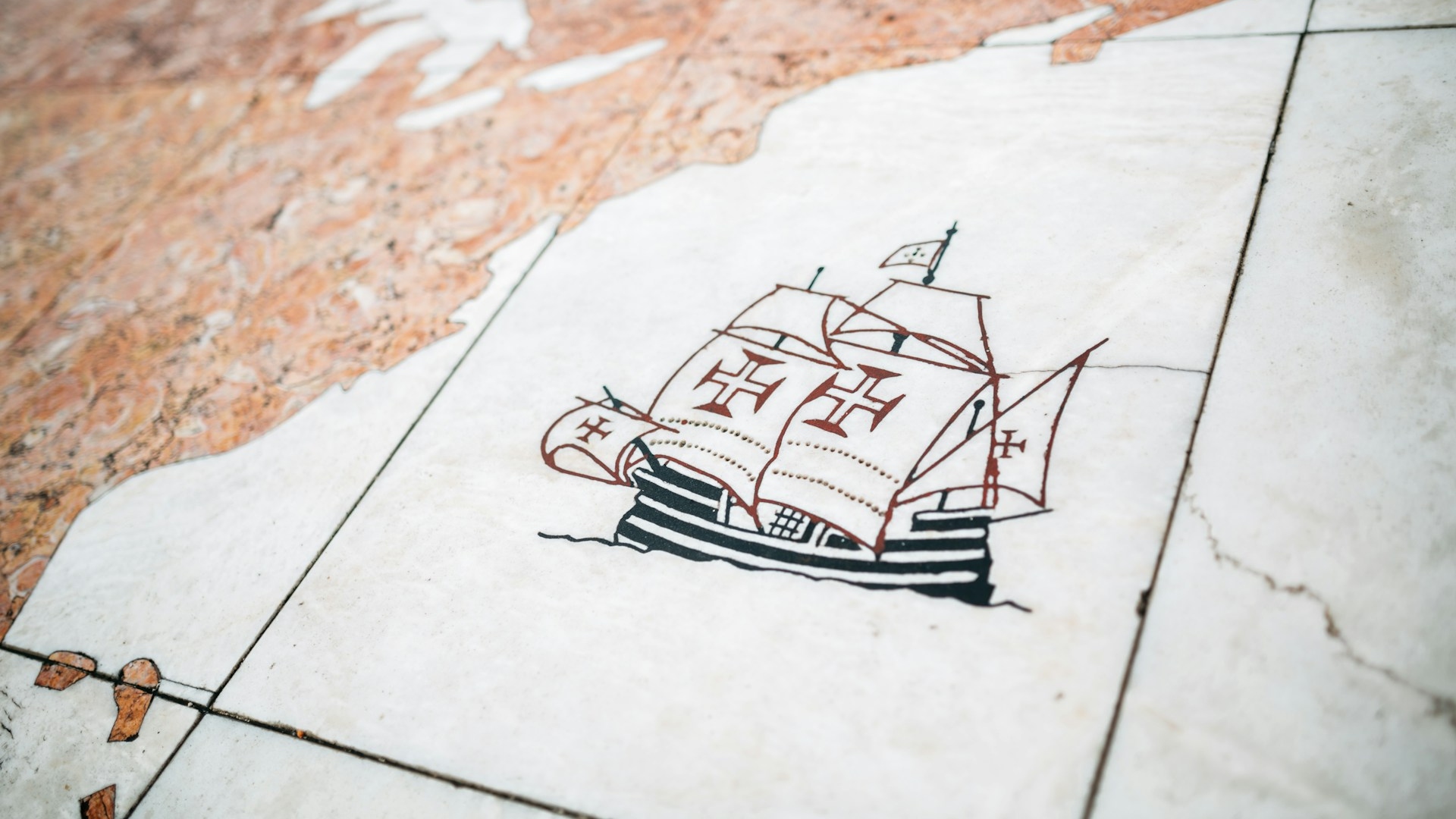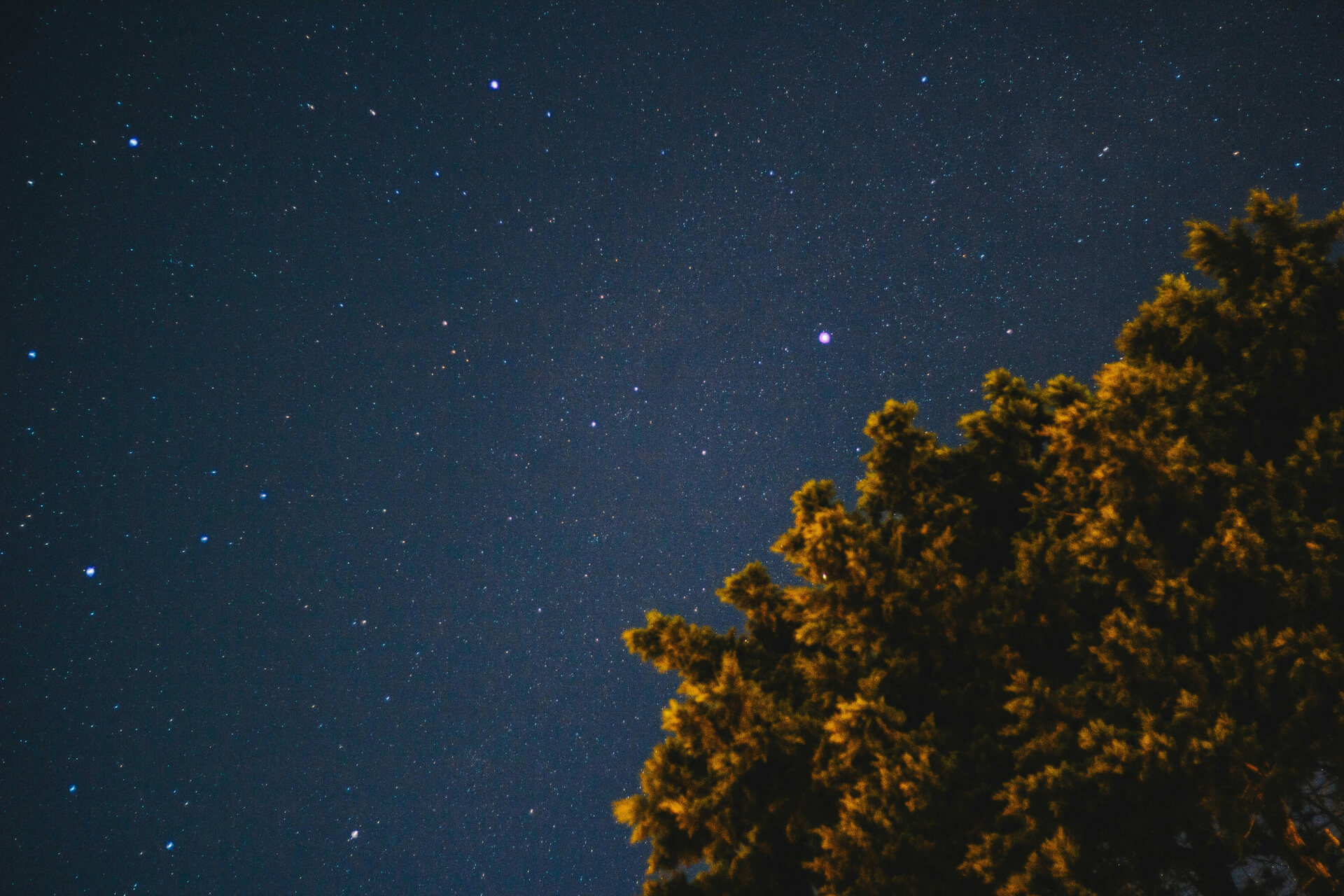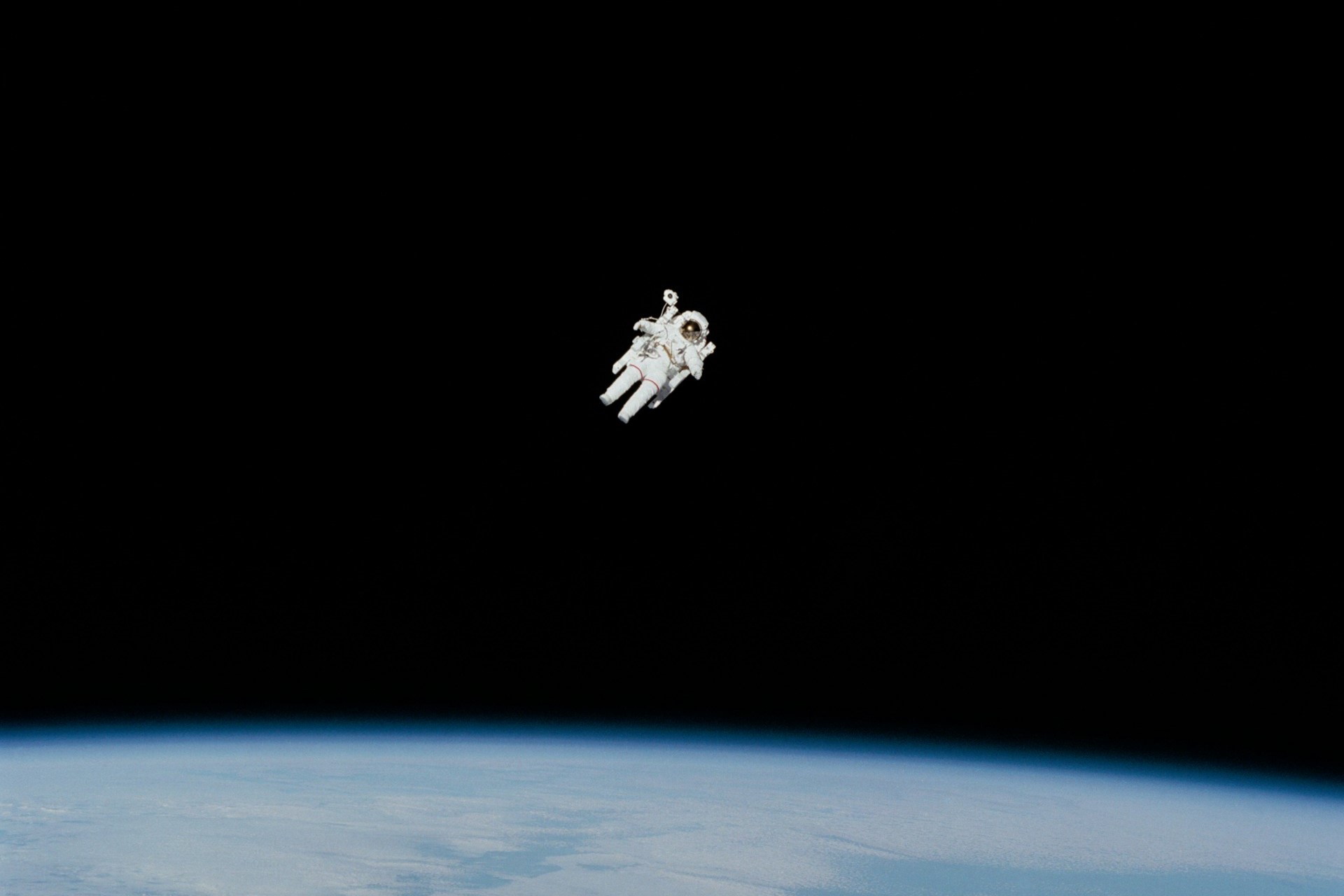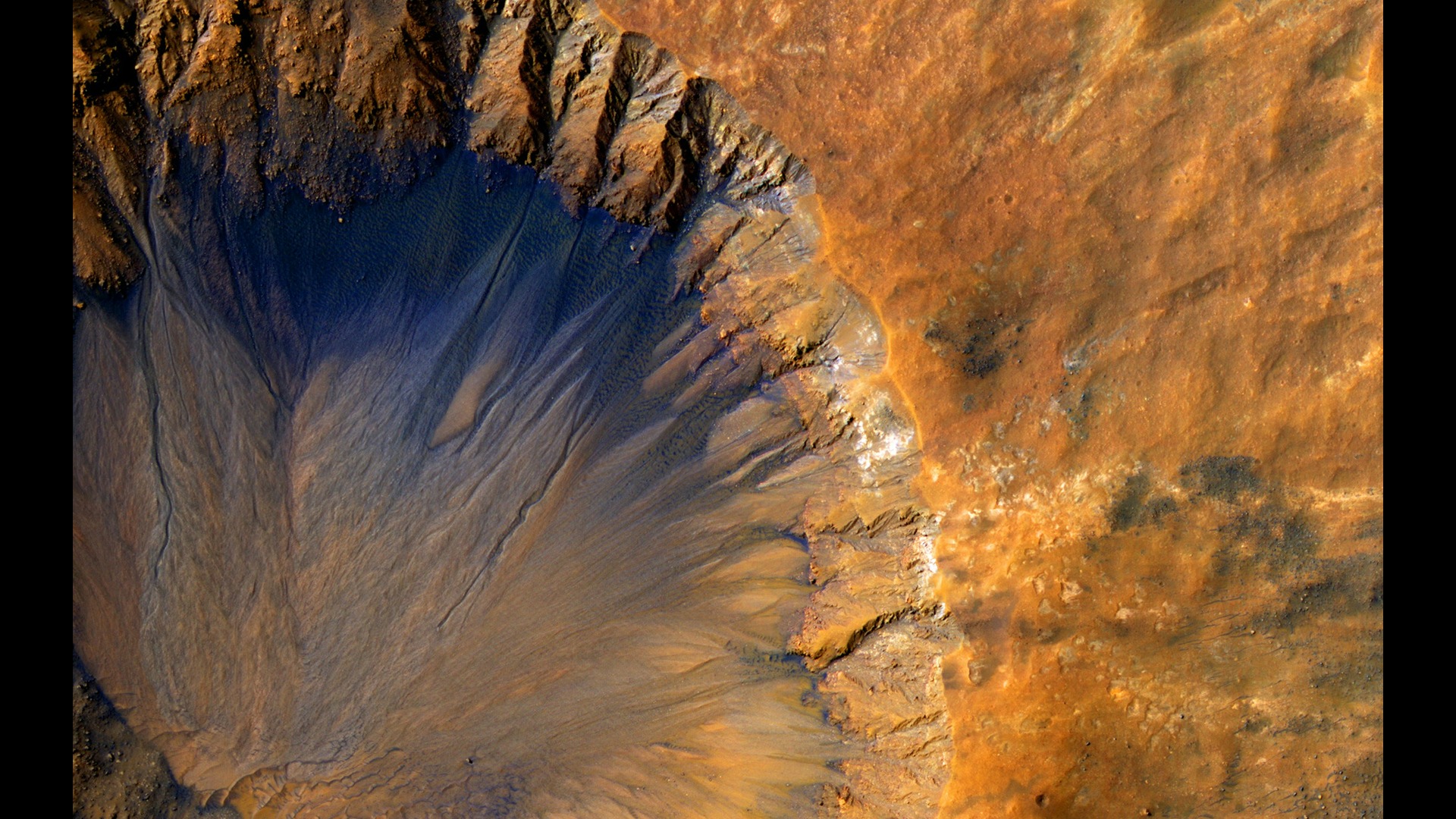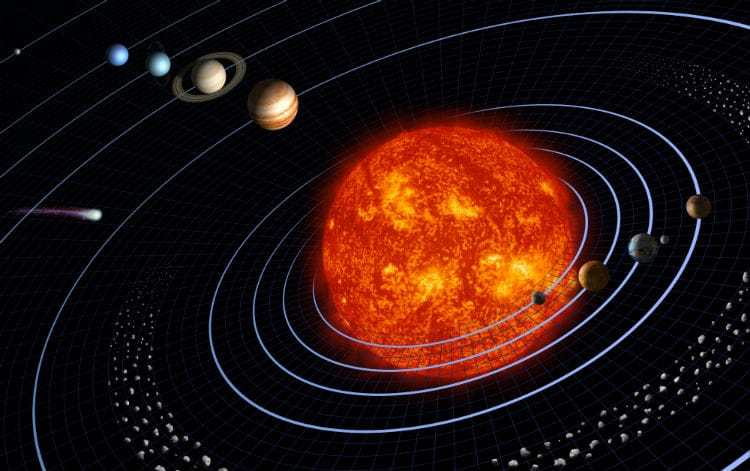
25 Solar System Facts: The Ultimate Guide to Our Solar System
October 29, 2024 - Emily Newton
Revolutionized is reader-supported. When you buy through links on our site, we may earn an affiliate commission. Learn more here.
Have you ever looked up at the sky and wondered what was out there? You’re not alone — humans have been wondering what exists outside our atmosphere for centuries. Before you start dreaming of far-away galaxies and planets that might hold intelligent life, let’s take a look at our closest stellar neighbors. Here are some fantastic solar system facts that you might not have known.
How Big Is Our Solar System?
Before we start exploring, let’s get a better idea of how big our solar system really is. We measure distance in space in a couple of different ways.
- Astronomical Units or AUs – the distance between the Earth and the Sun. 1 AU equals 149,597,870.691 kilometers.
- Light years – the distance light can travel in 1 year.
The solar system, to the best of our understanding, is upwards of 1,921.56 AU in diameter, or 287.46 billion kilometers. Let’s break this down a little further. Let’s say that you’re creating a to-scale solar system and your sun is a basketball. Mercury would be 12 yards from the basketball, then Venus at 22 yards, Earth at 31 yards, and Mars at 47 yards. That’s less than half the length of a football field, which doesn’t sound too bad, right?
Then things start getting exciting.
Jupiter would be 162 yards away from your basketball. Saturn sits at 297 yards and Uranus at 0.3 miles. Neptune would be half a mile away, and Pluto — if we’re still counting it as a planet — would be 0.7 miles. The Kupier belt falls between 0.79 and 1.3 miles. The heliopause, the recognized edge of the solar system, would be about 1 mile away. Proxima Centauri, our nearest neighbor, would be more than 4,350 miles away.
Measuring distance in space isn’t something that you’re generally going to do in meters or miles.
The Sun
Our first stop on this trip through the solar system lies at it’s heart — the sun.
1. The Sun is Billions of Years Old
The sun is the core of our solar system. This yellow star is roughly 4.6 billion years old. It formed when a gas cloud spun fast enough to flatten out, drawing enough stellar material into the center of the cloud to ignite and build the star that we now call our sun.
2. She’s Big, But Not the Biggest
The star itself is large enough that more than a million planets the size of Earth could easily fit inside it — although they’d burn up long before they reached the interior of the sun. The yellow star at the core of our solar system is a mid-sized G-type star. Astronomers classify it as a G2V star — G for the type, and 2V because it is a dwarf main sequence star.
3. The Sun is Finite
At this point in its life cycle, the sun is currently a yellow dwarf. As it gets older, it will start to run out of hydrogen to burn and will expand, becoming a red dwarf. This stage won’t occur for another 5 billion years, but if there are still humans on the Earth by then, they will need to evacuate. Eventually, it will shrug off its outer layers, becoming a small white dwarf, and then finally a black dwarf as it burns through its remaining fuel.
4. Touching the Surface of The Sun
The core of the sun reaches temperatures higher than 27 million degrees F, or 15 million degrees C. The surface is a bit cooler, sitting at about 10,000 degrees F, or 5,500 degrees C. In 2018, NASA launched the Parker Solar Probe to study the solar winds and energy released by the yellow star. By 2021, that probe became the first human-made device to touch the surface of the sun. In addition to allowing astronomers to study the solar winds, it also helped them to determine the precise location of the Alfven critical surface. This refers to the point where the solar atmosphere ends and the solar winds begin.
The Inner Planets
Next on this trip, we have the inner planets, or those closest to the sun: Mercury, Venus, Earth and Mars. This is the part of the solar system that we call home.
5. Mercury, The Messenger God
Mercury is the closest planet to the sun, named for the Roman messenger of the gods. It has a short year — 88 days to complete a full rotation around the planet, compared to our 365. However, it rotates so slowly that one day on Mercury is equivalent to 59 days here on Earth. The year is so fast that if you are 32 on Earth, you’d be 135 on Mercury. The planet has a thin atmosphere. However, it’s so close to the sun that it’s too hot to support human life.
6. Venus, The Goddess of Love
Venus is next, named for the Roman goddess of love. The days here are even longer on than on Mercury — it rotates so slowly that one day is 243 Earth days long. The atmosphere is both thick and caustic. During the day, the surface temperature can reach more than 900 degrees F. If you’re 32 on Earth, you’d be 52 on Venus.
7. Earth, Our Home Planet
Earth is the third planet in our solar system, and it’s the planet we call home. Our planet is located in what we call the habitable zone. It’s the perfect distance from the sun, so the surface isn’t too hot, but we also don’t freeze.
8. Mars, The God of War
The last inner planet is Mars, named for the Roman god of war. This red planet has a thin atmosphere and is much colder than Earth due to its distance from the sun. A year on Mars is nearly twice what it would be on Earth. However, the days on Mars are similar in length. A 32-year-old would only be 17 on Mars — not yet old enough to vote!
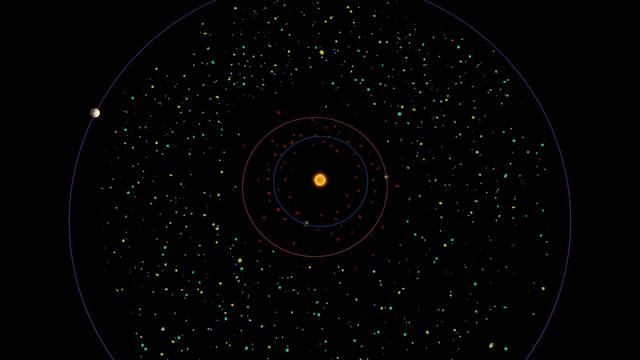
9. The Asteroid Belt
The space between the inner and outer planets is home to nearly 2 million large asteroids and millions of smaller ones. Most are leftover pieces that were created when the inner rocky planets formed. There are three distinctly different types of asteroids in the belt: C, S and M-Type.
C-Type asteroids are the most common in the belt and are usually made up of things like clay and silicate rocks. They’re often dark-colored and considered the oldest things in the solar system.
S-Type asteroids consist of a combination of silicate materials and nickel-iron metals.
M-Type asteroids are metallic, composed primarily of nickel-iron. They melted at some point, which caused the iron to sink into the center of the asteroid and basaltic stone to rise to the surface. Most of the asteroids are given number designations. Meanwhile, others receive names like Ceres, which is one of the largest asteroids in the belt. This celestial body also serves as the setting for the TV show “The Expanse.”
The Outer Planets
This is where things start getting exciting. The outer planets are the ones that orbit out past the asteroid belt and make up the next section of our solar system. There are four outer planets: Jupiter, Saturn, Uranus and Neptune. Let’s take a look at some solar system facts about the outer planets.
10. Jupiter, The King of the Gods
Jupiter, named for the king of the Roman gods, is the largest planet in our solar system. It also has the most moons —79 identified to date, with 12 discovered in 2018. This planet is known for its colorful exterior and its Giant Red Spot, which is a massive storm that has churned the surface of the planet for hundreds of years. On Jupiter, because it has such a long orbit (4,332 days), a 32-year-old would only be 2 years old! Jupiter is currently orbited by a probe named Juno, which is the name of Jupiter’s wife in Roman mythology.
11. Saturn, the Titan Chronos
Saturn is another gas giant and exists in orbit past Jupiter. This planet gets its name from the father of Jupiter, also known as Chronos in Greek mythology. Saturn is iconic because of the massive rings — made of dust and ice chunks — circling its equator. We’ve since discovered that Saturn isn’t the only planet with rings, but until 1977, we couldn’t see any other rings on planets in our solar system. Saturn takes more than 10,000 days to complete an orbit around the sun, but a day on the planet is only about 10 and a half hours long. A 32-year-old on Earth would only be a little over 1-year-old on Saturn.
12. Uranus, The Father of Chronos
Uranus is the other planet in our solar system with rings. Its name is the Latin form of Ouranos, the father of the titan Chronos. It’s slightly larger than Neptune, but it has the smallest mass of any of the outer planets. Unlike all of the other planets in the solar system, Uranus rotates on its side. A single year on Uranus lasts 84 Earth years. Its odd rotation means that one side of the planet will experience 42 years — half of a year on Uranus — of sunlight while the other hemisphere experiences 42 years of complete darkness.
13. Neptune, God of the Sea
Neptune is the last outer planet, named for the Roman god of the sea. This planet is blue due to the methane in its atmosphere. It also has some of the fastest winds in the solar system. Winds in the atmosphere can reach more than 1,200 miles an hour. By comparison, the max speed of winds on Earth is 231 mph. One year on Neptune is nearly 165 Earth years.
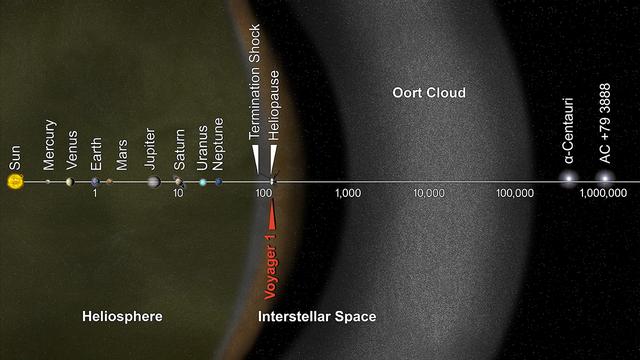
The Trans-Neptunian Region
Finally, we have the Trans-Neptunian region of space. This region encompasses everything that exists beyond Neptune’s orbit, from the Kuiper Belt and the Oort Cloud to the dwarf planets: Pluto, Eris, Makemake, Haumea and Sedna.
14. The Kupier Belt
The Kuiper Belt is a ring of ice chunks and dwarf planets that exist toward the outer edge of our solar system. It’s possible that we can blame Neptune for the belt’s creation. Astronomers theorize that if Neptune didn’t exist, the ice could have coaelesced to form another planet. According to NASA, the Kupier Belt as we know it begins at Neptune’s orbit, about 30 AU from the sun, and continues to stretch out to nearly 1,000 AU.
We know of two dwarf planets within this belt: Pluto and Ultima Thule. However, it’s estimated that there are hundreds of thousands of icy planetoids or celestial bodies within the Kuiper belt and possibly a trillion or more comets. Comets that take less than 200 years or orbit the sun likely originate in the Kupier Belt.
15. Pluto and Ultima Thule
Scientists previously considered Pluto the ninth planet of our solar system until 2006, when they downgraded it to a dwarf planet. This was the only rocky planet in the outer part of our solar system. The planet gets its name from the Roman God of the Underworld and has five moons. Charon bears the name of the ferryman in Greek Mythology that would carry souls across the river Styx. Following the theme, another moon, Styx, shares the name of that river. Nix, however, received its name from the Egyptian goddess of night and darkness, and Kerebos, for the three-headed dog that guards the entrance to the underworld. Finally, there is Hydra, named for the multi-headed serpent in Greek mythology.
Ultima Thule might look odd, but it was formed through the merger of two primordial celestial bodies. Instead of smashing together, they gently merged, creating a dwarf planetoid just 22 miles across. It’s a lot smaller than Pluto and has no moons, but that didn’t stop NASA from directing the New Horizons probe to do a flyby in 2015 to give us some of the best views of this dwarf planet that we’ve ever seen.
16. Eris and Haumea
Astronomers discovered Eris in 2005 and named it after the Greek goddess of discord and strife. Its moon Dysnomia, gets its name from the goddess’s daughter, the spirit of lawlessness. It’s about the same size as Pluto but has more mass and less ice than the other dwarf planet. One year on Eris takes 557 Earth years.
Haumea, a dwarf planet shaped like a football, received the name of the Hawaiian goddess of childbirth. Scientists discovered it in 2004. Water ice covers more than 75 percent of this dwarf planet’s surface.
17. Makemake and Sedna
Makemake has no moons, but appears to be covered in frozen methane. Scientists also discovered it in 2005.
Scientists discovered Sedna in 2003 and has an oddly oval-shaped orbit. Its strange orbit is makes it difficult to spot. Astronomers haven’t seen it since 2011.
18. Goblin and Farout
Astronomers discover other dwarf planets every day. In 2015, The Goblin was found, which at the time was the furthest dwarf planet in our solar system. Its orbit is so long that it takes more than 40,000 years to make one orbit of the sun. It orbits far beyond the Kuiper Belt.
The most exciting thing about The Goblin is the fact that it looks like the gravity of another large planet shaped it, meaning that there could be a ninth planet beyond the reach of our current telescopes. In 2018, the same team that spotted The Goblin found another planetoid even further from the Sun. Nicknamed Farout, it is even farther out in our solar system than the Oort Cloud.
19. The Heliosphere and Heliopause
Before we reach the Oort Cloud, we must pass through one more barrier — the heliosphere. Astronomers define the heliosphere as “the area under the influence of the sun.” Our yellow star emits fast moving solar winds that — unless blocked by a planet or other celestial body — travel out in all directions at between 300-800 km/s. The further out from the sun these particles travel, the slower they become. Eventually, they’ll begin to interact with interstellar medium that exists outside the heliosphere, slowing to a stop. This creates the what’s known as heliopause.
The heliopause is the point where the solar winds coming from the sun and the interstellar medium reach a balancing point. Spacecraft hoping to leave the solar system have to pass through this heliopause to reach what we consider interstellar space. Voyager 1 made that transition in 2004, followed by Voyager 2 in 2007. As of 2022, Voyager 1 is still sending back information, but it’s living on borrowed time. The Plutonium-238 that powers it’s reactor only has a half-life of about 88 years and it’s been in space for nearly half that.
20. The Oort Cloud
The Oort Cloud is a sphere that surrounds our solar system, starting at the outer edges of the Kupier belt more than 2,000 – 5,000 AU from the sun. It stretches nearly a quarter of the way to Proxima Centauri, our nearest interstellar neighbor. Astronomers theorize that the outer edges of the cloud could reach as far as 100,000 AU away from the sun. For comparison, Voyager 1 is in the Kupier belt, after launching in 1977. It won’t reach the Oort cloud for about 300 more years, and it will take it 300,000 years to make it out the other side.
The Oort Cloud primarily consists of ice chunks leftover after the formation of the outer planets, called planetesimals. These planetesimals contain bits and pieces leftover from planetary formation in the solar system. As the inner and outer planets formed, their gravity wells flung these planetesimals to the very edges of the solar system, or ejected them from the sphere entirely. It is also possible for the Oort Cloud to capture items from outside the solar system, but we’re a long way off from being able to see those unique objects. The Oort Cloud, along with the Kuiper Belt, is the source of many of the comets we can see streaking across the night sky.
Black Holes
Our trip wouldn’t be complete without mentioning a few fun facts about black holes. These objects fascinate scientists because we are still learning about the different types that exisit in the universe. Are there any black holes in our solar system?
21. There Are a Lot of Black Holes Nearby
Our solar system is only one small portion of the Milky Way, but it’s the part we know the most about. However, there are tons of dark blips throughout this galaxy that severely outnumber the planets and moons near us. There could be as few as 50 but as many as 100 million black holes in the Milky Way — and that’s just our galaxy. Thankfully, none of them are in our solar system, otherwise that would pose some serious problems.
22. Just Because They Aren’t There Doesn’t Mean They Can’t Pass Through
Recent research suggests “primordial black holes” could be much closer. Their mass is equivalent to some asteroids instead of the unbelievable gravity of the supermassive black hole in the Milky Way. Instead of maintaining a permanent residence in our solar system, they pass through. However, these types of black holes are extremely challenging to detect. The estimation is one tiny black hole passes through the solar system every 10 years, causing minor wobbles to nearby planets.
23. This Makes the Solar System a Good Black Hole Detector
If you want to know the ways astronomers find black holes, there are numerous. However, one of them could be planetary movements. The speed and gravitational pull of the dark matter within these small black holes is traceable by experts. This is critical for scientists to keep an eye out for, as dark matter remains one of the most mind-boggling mysteries of the universe, with most of it remaining as pure theory. For scientists to glean any kind of insights, they must have safe celestial objects nearby to observe, and this could be one of their best shots.
24. Gaia BH1 Is the Closest Black Hole to Us
The closest black hole to the solar system in lightyears is Gaia BH1 (TIC 125470397) at a distance of 1,560±10 and 0.478±0.005 parsecs. It was discovered in 2022 because researchers found a space object akin to the Sun orbiting another dark object. It turns out that it was a black hole. It is in the Ophiuchus constellation. If you were to measure this distance in layman’s terms, it would obviously take around 1,600 years to get there, but in miles, you would have to travel 9.4×1015 miles. That’s a long hike.
25. Space Tourism Could Be Coming Near You
For the most wealthy and elite, you could spend several hundred thousand dollars and enter outer space for your next vacation. Space tourism has existed for several decades, but it has been prohibitively expensive — over $20 million for a seat on a rocket. However, a Chinese agency wants to start selling tickets ranging around $200,000 to take people out into the great unknown, exclusively as a leisure activity. This history-making ticket sale awarded two flyers the chance to experience 12 minutes of deep space luxury in China’s reusable rocket.
Keep Looking Up
We live in an amazing space, and we’re learning more solar system facts with every passing year. Now, the next time you look up at the stars, you’ll have a better idea of what’s out there.
This article was originally published on 1/8/2019 and was updated on 10/29/24 to include even more amazing solar system facts.
Revolutionized is reader-supported. When you buy through links on our site, we may earn an affiliate commission. Learn more here.
Author
Emily Newton
Emily Newton is a technology and industrial journalist and the Editor in Chief of Revolutionized. She manages the sites publishing schedule, SEO optimization and content strategy. Emily enjoys writing and researching articles about how technology is changing every industry. When she isn't working, Emily enjoys playing video games or curling up with a good book.
